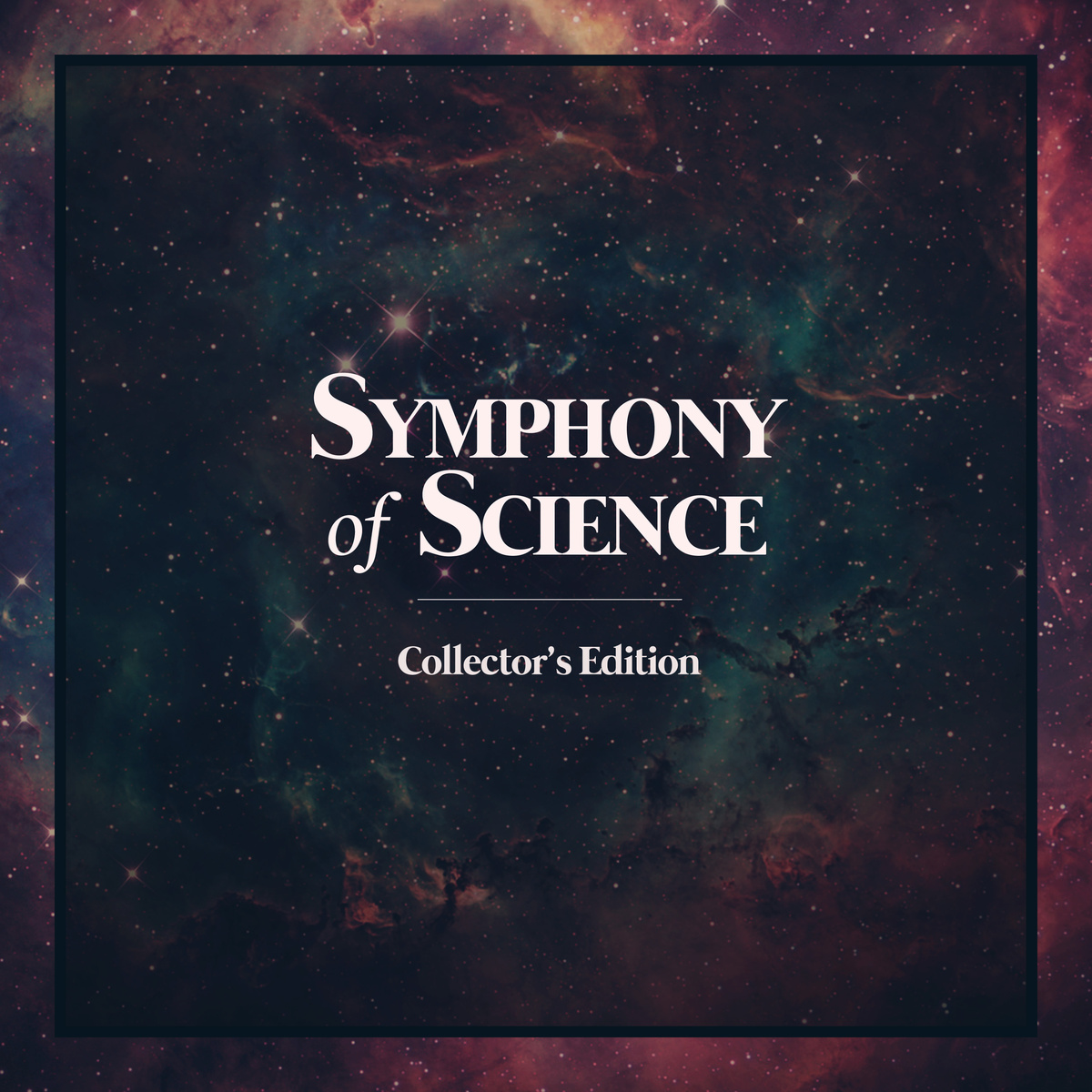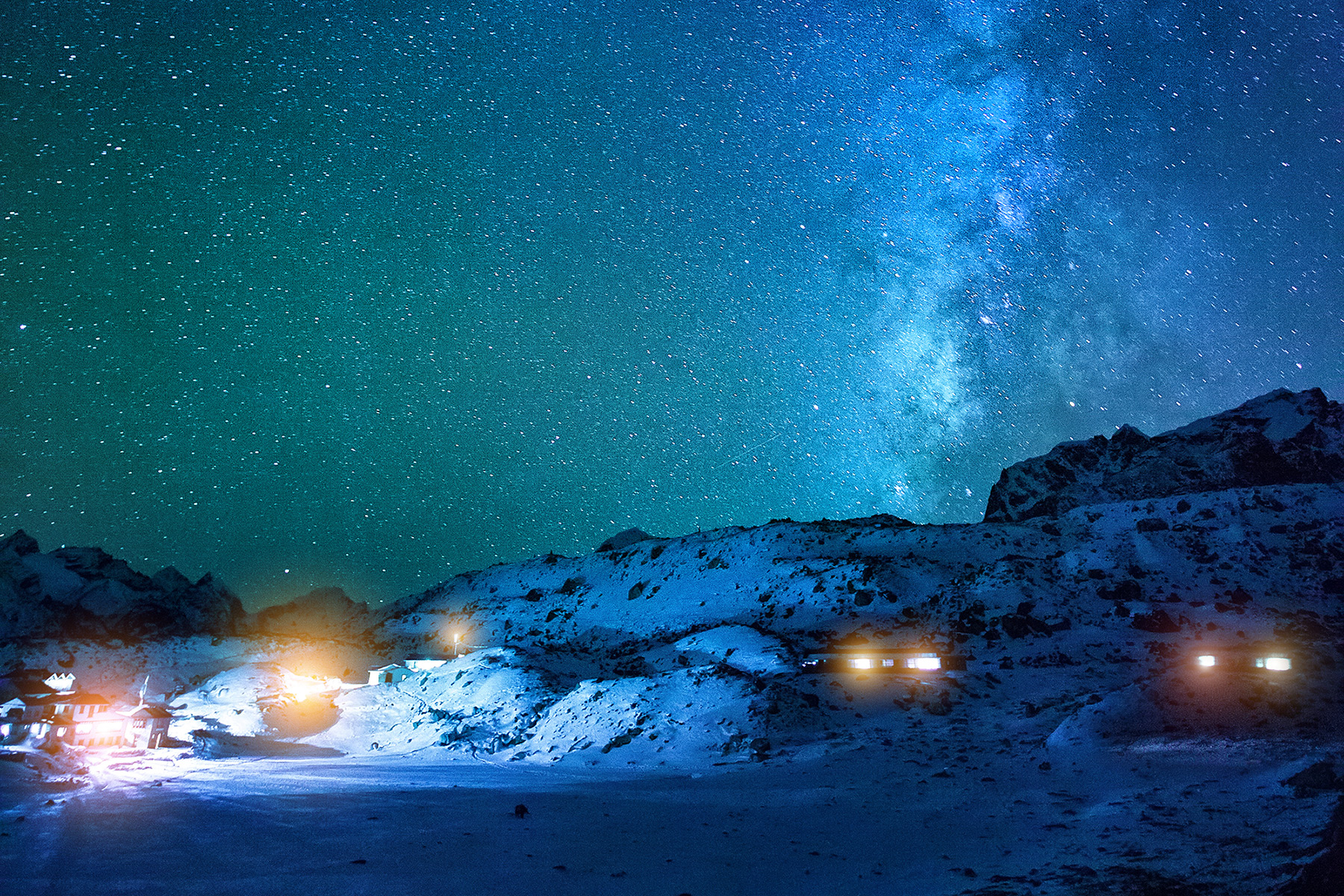Organic Themes Demo Sites
Quote Post Format Example

“Going to high school in rural Florida, we always partied down in the woods. Somebody – one of the rednecks – would leave class and mow a path out to a field, and we’d drive out there. Dude, every party I went to was lit by a bonfire. Acoustic guitar.”
— Miles Teller
Post Formats are used within supporting themes to display your articles in a variety of layouts according to content. Many Organic Themes utilize Post Formats for the blog.
Status Post Format Example

Post Formats are used within supporting themes to display your articles in a variety of layouts according to content. Many Organic Themes utilize Post Formats for the blog.
The Status Post Format is designed to be used as you would a Facebook status update.
Audio Post Format Example

Post Formats are used within supporting themes to display your articles in a variety of layouts according to content. Many Organic Themes utilize Post Formats for the blog. The Audio Post Format will display a simple player for the first audio track uploaded to the post on top of a Featured Image — perfect for music singles or Podcasts.
Etiam habebis sem dicantur magna mollis euismod. Magna pars studiorum, prodita quaerimus. Quae vero auctorem tractata ab fiducia dicuntur. Cum ceteris in veneratione tui montes, nascetur mus. Morbi fringilla convallis sapien, id pulvinar odio volutpat. Ambitioni dedisse scripsisse iudicaretur. At nos hinc posthac, sitientis piros Afros. Petierunt uti sibi concilium totius Galliae in diem certam indicere. Read More
Image Post Format Example

Post Formats are used within supporting themes to display your articles in a variety of layouts according to content. Many Organic Themes utilize Post Formats for the blog.
Etiam habebis sem dicantur magna mollis euismod. Magna pars studiorum, prodita quaerimus. Quae vero auctorem tractata ab fiducia dicuntur. Cum ceteris in veneratione tui montes, nascetur mus. Morbi fringilla convallis sapien, id pulvinar odio volutpat. Ambitioni dedisse scripsisse iudicaretur. At nos hinc posthac, sitientis piros Afros. Petierunt uti sibi concilium totius Galliae in diem certam indicere. Read More
Link Post Format Example
Organic Themes Link. The Link Post Format makes links to the first link added to the content.
Post Formats are used within supporting themes to display your articles in a variety of layouts according to content. Many Organic Themes utilize Post Formats for the blog. The blog content for the Link Post Format must be added using the Excerpt.
Organic Themes was founded in 2009 by David Morgan and Jeff Milone in the town of Lahaina on the Hawaiian Island of Maui.
Gallery Post Format Example
Post Formats are used within supporting themes to display your articles in a variety of layouts according to content. Many Organic Themes utilize Post Formats for the blog. The Gallery Post Format adds a slideshow of all images attached to the post within Organic Themes.
Etiam habebis sem dicantur magna mollis euismod. Magna pars studiorum, prodita quaerimus. Quae vero auctorem tractata ab fiducia dicuntur. Cum ceteris in veneratione tui montes, nascetur mus. Morbi fringilla convallis sapien, id pulvinar odio volutpat. Ambitioni dedisse scripsisse iudicaretur. At nos hinc posthac, sitientis piros Afros. Petierunt uti sibi concilium totius Galliae in diem certam indicere. Read More
The Question Stated: “Are The Planets Inhabited?“

The first thought that men had concerning the heavenly bodies was an obvious one: they were lights. There was a greater light to rule the day; a lesser light to rule the night; and there were the stars also.
In those days there seemed an immense difference between the earth upon which men stood, and the bright objects that shone down upon it from the heavens above. The earth seemed to be vast, dark, and motionless; the celestial lights seemed to be small, and moved, and shone. The earth was then regarded as the fixed centre of the universe, but the Copernican theory has since deprived it of this pride of place. Yet from another point of view the new conception of its position involves a promotion, since the earth itself is now regarded as a heavenly body of the same order as some of those which shine down upon us. It is amongst them, and it too moves and shines—shines, as some of them do, by reflecting the light of the sun. Could we transport ourselves to a neighbouring world, the earth would seem a star, not distinguishable in kind from the rest.

But as men realized this, they began to ask: “Since this world from a distant standpoint must appear as a star, would not a star, if we could get near enough to it, show itself also as a world? This world teems with life; above all, it is the home of human life. Men and women, gifted with feeling, intelligence, and character, look upward from its surface and watch the shining members of the heavenly host. Are none of these the home of beings gifted with like powers, who watch in their turn the movements of that shining point which is our world?”
This is the meaning of the controversy on the Plurality of Worlds which excited so much interest some sixty years ago, and has been with us more or less ever since.
It is the desire to recognize the presence in the orbs around us of beings like ourselves, possessed of personality and intelligence, lodged in an organic body.
This is what is meant when we speak of a world being “inhabited.” It would not, for example, at all content us if we could ascertain that Jupiter was covered by a shoreless ocean, rich in every variety of fish; or that the hard rocks of the Moon were delicately veiled by lichens. Just as no richness of vegetation and no fulness and complexity of animal life would justify an explorer in describing some land that he had discovered as being “inhabited” if no men were there, so we cannot rightly speak of any other world as being “inhabited” if it is not the home of intelligent life. If the life did not rise above the level of algae or oysters, the globe on which they flourish would be uninhabited in our estimation, and its chief interest would lie in the possibility that in the course of ages life might change its forms and develop hereafter into manifestations with which we could claim a nearer kinship.

On the other hand, of necessity we are precluded from extending our enquiry to the case of disembodied intelligences, if such be conceived possible. All created existences must be conditioned, but if we have no knowledge of what those conditions may be, or means for attaining such knowledge, we cannot discuss them. Nothing can be affirmed, nothing denied, concerning the possibility of intelligences existing on the Moon or even in the Sun if we are unable to ascertain under what limitations those particular intelligences subsist. Gnomes, sylphs, elves, and fairies, and all similar conceptions, escape the possibility of discussion by our ignorance of their properties. As nothing can be asserted of them they remain beyond investigation, as they are beyond sight and touch.
The only beings, then, the presence of which would justify us in regarding another world as “inhabited” are such as would justify us in applying that term to a part of our own world. They must possess intelligence and consciousness on the one hand; on the other, they must likewise have corporeal form. True, the form might be imagined as different from that we possess; but, as with ourselves, the intelligent spirit must be lodged in and expressed by a living material body. Our enquiry is thus rendered a physical one; it is the necessities of the living body that must guide us in it; a world unsuited for living organisms is not, in the sense of this enquiry, a “habitable” world.
The discussion, as it was carried on sixty years ago by Dr. Whewell and Sir David Brewster, was essentially a metaphysical, almost a theological one, and it was chiefly considered in its supposed relationship to certain religious conceptions. It was urged that it was derogatory to the wisdom and goodness of the Creator to suppose that He would have created so many great and glorious orbs without having a definite purpose in so doing, and that the only purpose for which a world could be made was that it might be inhabited. So, again, when Dr. A. R. Wallace revived the discussion in 1903, he clearly had a theological purpose in his opening paper, though he was taking the opposite view from that held by Brewster half a century earlier.
For myself, if there be any theological significance attaching to the solving of this problem, I do not know what it is. If we decide that there are very many inhabited worlds, or that there are few, or that there is but one—our own—I fail to see how it should modify our religious beliefs. For example: explorers have made their way across the Antarctic continent to the South Pole but have found no “inhabitant” there. Has this fact any theological bearing? or if, on the contrary, a race of men had been discovered there, what change would it have made in the theological position of anyone? And if this be so with regard to a new continent on this earth, why should it be different with regard to the continents of another planet?
The problem therefore seems not to be theological or metaphysical, but purely physical. We have simply to ask with regard to each heavenly body which we pass in review: “Are its physical conditions, so far as we can ascertain them, such as would render the maintenance of life possible upon it?” The question is not at all as to how life is generated on a world, but as to whether, if once in action on a particular world, its activities could be carried on.
Recent Comments